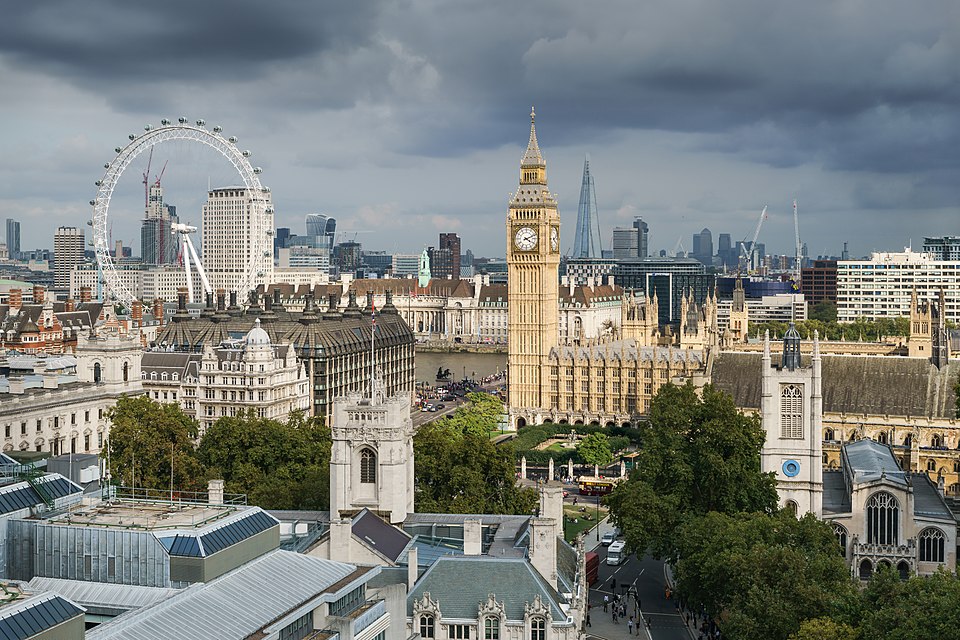
Britain’s economy turned out to be a little healthier at the end of 2023 than previously believed, according to new figures from the Office for National Statistics (ONS).
The latest data shows the economy was 2.2% larger than its pre-pandemic peak, slightly higher than the earlier estimate of 1.9%. The revision comes after the ONS updated the way it measures GDP, including better data on research and development and changes in how it tracks the activity of big multinational companies.
Craig McLaren, who heads up national accounts at the ONS, explained that the changes particularly boosted figures for the pharmaceutical and manufacturing sectors. That’s because production carried out abroad by UK-owned firms is now counted as part of Britain’s GDP.
Despite the tweak, McLaren noted that the overall picture hasn’t shifted much: average annual growth between 1998 and 2023 still sits at 1.8%, with quarterly growth averaging 0.5%.
The UK has been slower to bounce back from the pandemic compared with other major economies—a point that Prime Minister Keir Starmer and Finance Minister Rachel Reeves have both pledged to improve following last year’s election.
By June 2025, Britain’s GDP was 4.5% above late-2019 levels. That’s behind the eurozone (6%) and far behind the U.S. (nearly 13%), though stronger than Germany, which has barely grown at all since before the pandemic (up just 0.3%). Photo by Colin, Wikimedia commons.



































